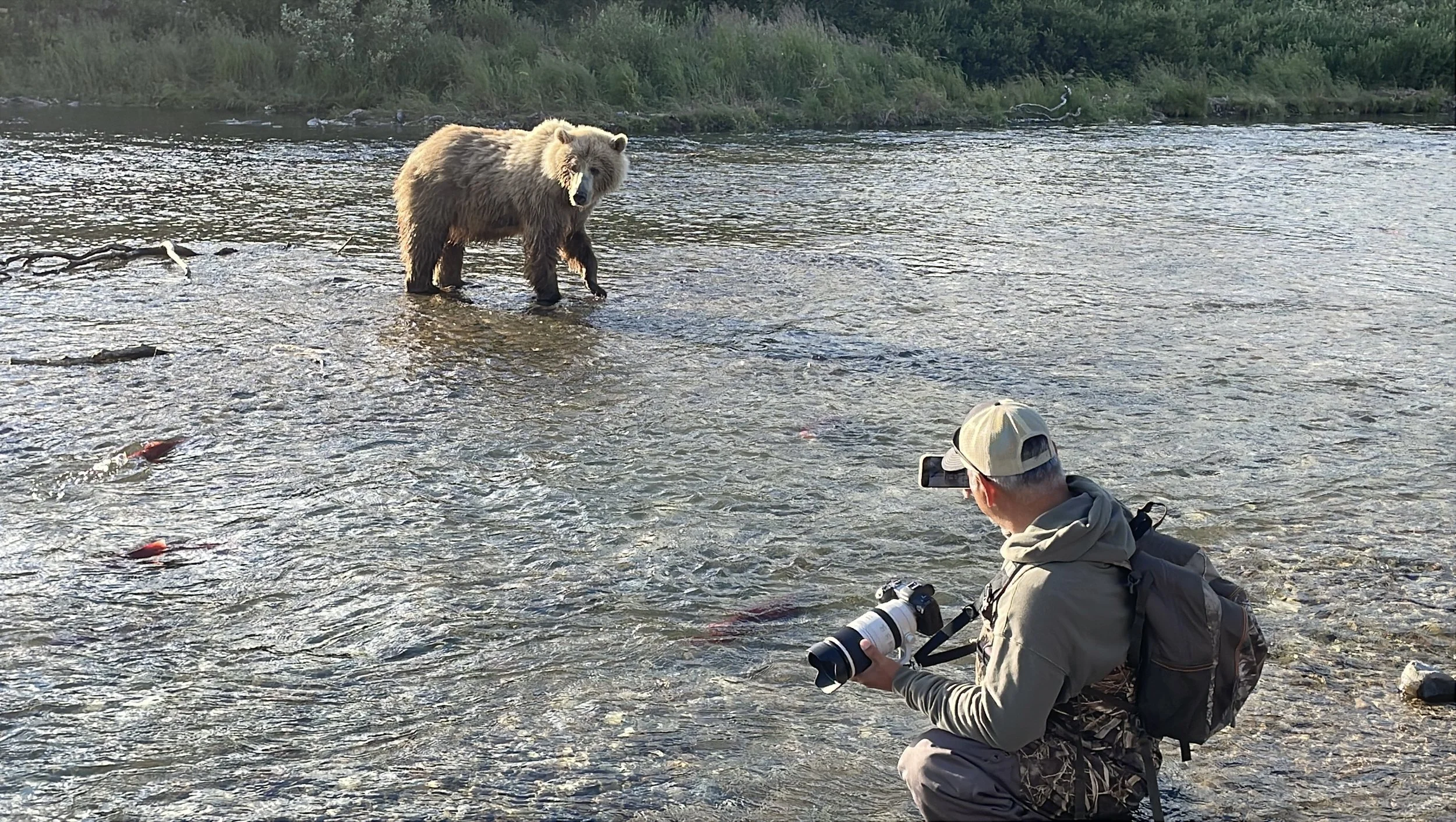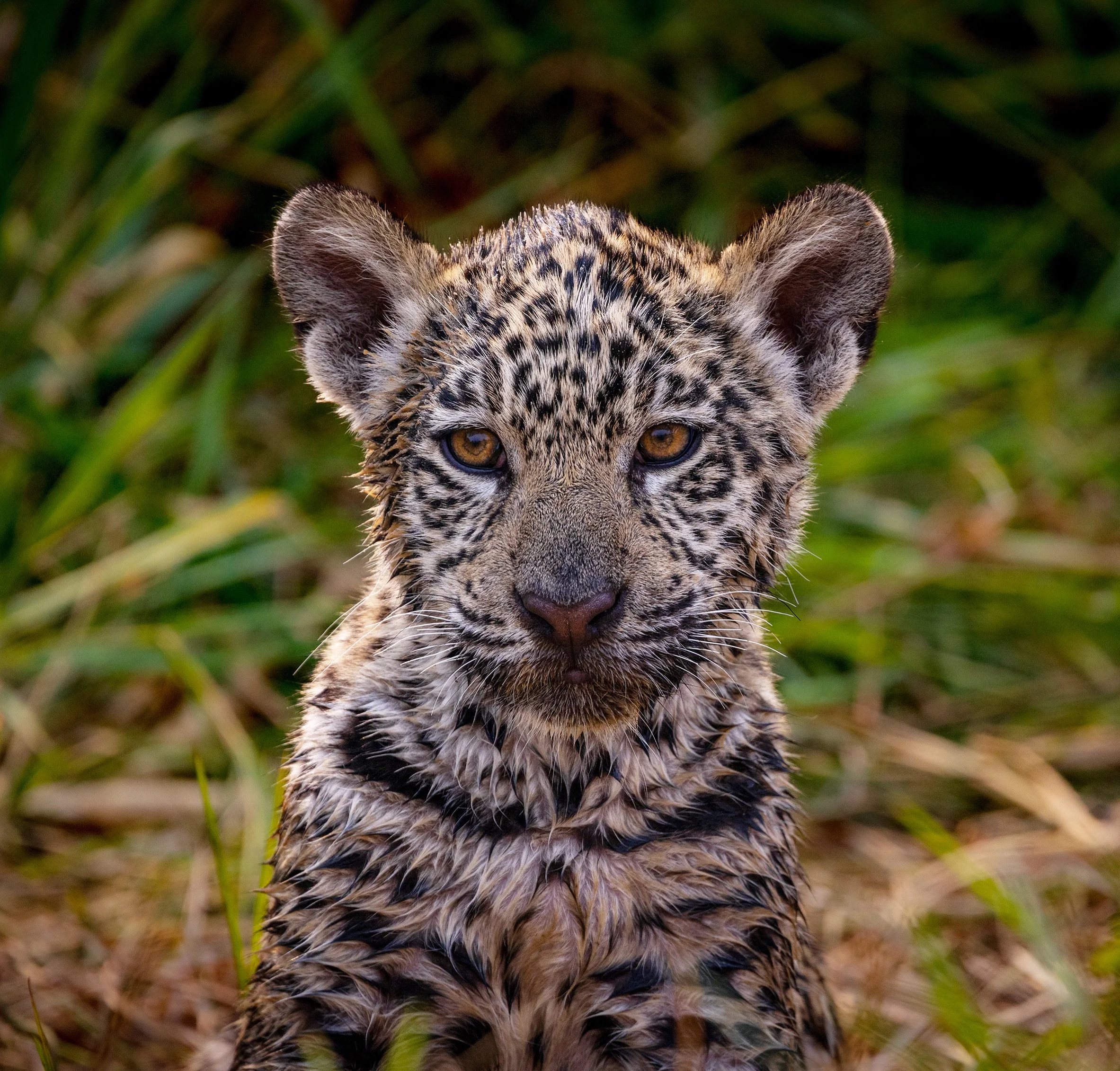Tiger and lion cubs are cute.
There’s no denying that.
Their oversized paws, curious eyes, and kitten-like playfulness make them irresistible, especially to tourists looking for that once-in-a-lifetime selfie.
Places in countries like Mexico offer exactly that… the chance to hold, feed, and cuddle a lion, jaguar or tiger cub.
But what most visitors never ask is…
“What happens to these animals when they’re not small and cute anymore?”
The truth is heartbreaking.
Facilities that offer cub petting interactions are often part of a cycle rooted in cruelty and exploitation.
Cubs are forcibly removed from their mothers just days after birth so they can be hand-raised for public handling.
The cubs are used non-stop, passed from tourist to tourist, bottle-fed for photos, and often declawed or sedated.
But cubs don’t stay cubs for long.
By the time they're just a few months old, they’re already too strong and unpredictable to be handled safely.
That’s when their "usefulness" to the business ends.
So What Happens Next?
What inspired today’s blog post… a facility in Playa del Carmen offers cub petting opportunities. The door was crowded with people trying to get a glimpse of the cubs as they walked past the place. I was gutted for these cats.
Male cubs, more often than not, are quietly euthenized.
There’s no need for surplus adult males in these operations.
They don’t generate money, they’re dangerous, and feeding a full-grown cat is expensive.
Female cubs are often cycled back into breeding programs, continuing the supply chain of more cubs to be exploited.
A single breeding female can produce multiple litters a year, meaning these facilities can churn through dozens of cubs annually.
Some larger operations cycle through hundreds.
It is a Multi-Million Dollar Industry…
Despite being illegal under many national and international laws, these operations persist, thriving on social media buzz and the tourist desire for exotic encounters.
There’s big money in this business.
One cub can generate tens of thousands of dollars in photo ops in just a few months.
Some places even operate under the guise of “sanctuaries” or “rescue centers,” deceiving well-meaning visitors who believe they’re supporting conservation.
cubs are used non-stop, passed from tourist to tourist, sometimes sedated to calm the stressed animals.
But real sanctuaries don’t breed animals.
They don’t allow public handling.
And they certainly don’t kill off animals when they’re no longer profitable.
Why Is This Still Happening?
Enforcement is weak.
Corruption exists.
And for every person who walks away disturbed, a dozen more post selfies online, driving more traffic and demand.
Until more people know the truth, the cycle will continue.
Jaguar cub wild and free in the Pantanal, Brazil…The way it should be.
What You Can Do.
If you love wildlife… admire it wild.
Skip the tiger selfie.
Don’t support places that allow hands-on interaction with big cats or other wild animals.
Instead, choose ethical experiences that prioritize the animals’ well-being over profit.
Let’s stop pretending this is conservation.
It’s not.
It’s exploitation, dressed up in a photo op.
Thank you for reading our Blog.
*New Blogs posted 3–4 times a week. (sometimes more.)
Follow along for fresh stories, trip updates, and raw moments from the wild.







